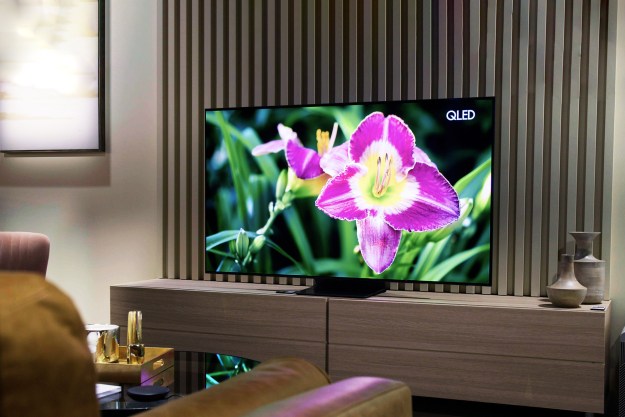“Thinksound’s eco-friendly Rain canal phones will leave hippies happy, and satisfy budget-conscious audiophiles, too.”
- Great sounding
- Clear and accurate sound
- Quality craftsmanship
- Vocals sound distant in hip hop/rock
Introduction
Thinksound, a headphone manufacturer known for using environmentally friendly materials both in their packaging and their headphones, has introduced the Rain canal phones. Designed specifically for audio purists, the Rain puts an emphasis on clarity and accuracy rather than overwhelming bass.

There are currently two Thinksound models to choose from. The Thunder has an MSRP of $75 and features a 10mm driver, passive noise cancelation and a strong emphasis on bass, The Rain has an MSRP of $99, uses a 9mm driver, and targets audio purists. Both models are considered IEM (in-ear monitor) canal headphones because they sit inside the ear canal with a snug fit. Because of this unique design, and with the correct-fitting silicon tips, you should expect upwards of an 80% reduction in outside noise, also known as passive noise cancellation.
 Features and Design
Features and Design
The Thinksound Rain canal phones come with three extra silicon tips (total: XS, S, M and L) so you can find the one that fits best, a canvas carrying pouch and an optional clip that you can use to attach the headphone cable to your shirt or jacket.
The Thinksound Rain comes with a slightly smaller 9mm driver housed in a wood enclosure, and feature a 20Hz to 20 KHz frequency response in addition to a 3.5mm gold plated plug and a 6-month warranty. The Rain headphones are slightly lighter than the Thunders, weighing in at 9.6 grams.
Testing and Usage
We tested the Thinksound Rain using our Apple iPod, Apple iMac internal sound card and a PC using the Sound Blaster X-Fi Extreme Audio sound card. Music used in our tests included Bob Acri, Black Eyed Peas The E.N.D., Linkin Park’s live performance Road to Revolution, Weinland’s La Lamentor, and Rodrigo y Gabriela. As we mentioned in our Thinksound Thunder review, we feel that a 40-hour break in period is sufficient and will really open these canal phones up.

Conclusion
The sound quality of these headphones really depends on the genre of music you enjoy. Audio purists will find that the Rain really excels when it comes to acoustical, classical or vocal genres. Those into hip hop, heavy rock, or other genres that really rely on bass or a broad frequency range will want to look elsewhere; the Thinksound Rain are great sounding
Highs:
- Great sounding
- Clear and accurate sound
- quality craftsmanship
Lows:
- Vocals sound distant in hip hop/rock
Editors' Recommendations
- Updating our Sony WF-1000XM5 review
- The absolute best tech we reviewed last month
- NuraTrue Pro hands-on review: A sneak peek at the lossless future of wireless audio
- All the new tech that blew our reviewers away this month
- Shocker: Amazon reviews still can’t be trusted




